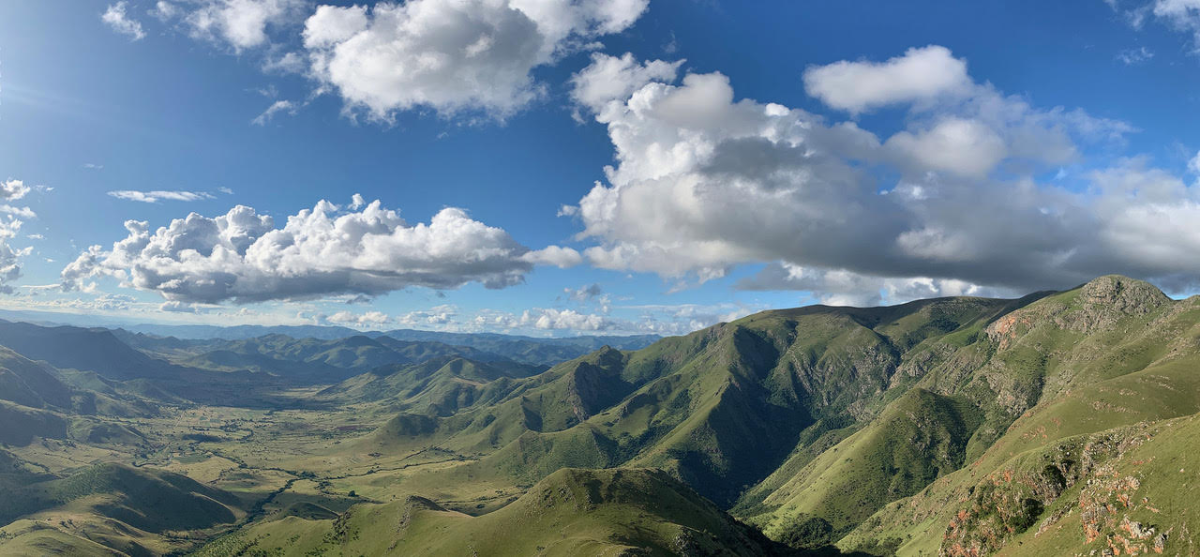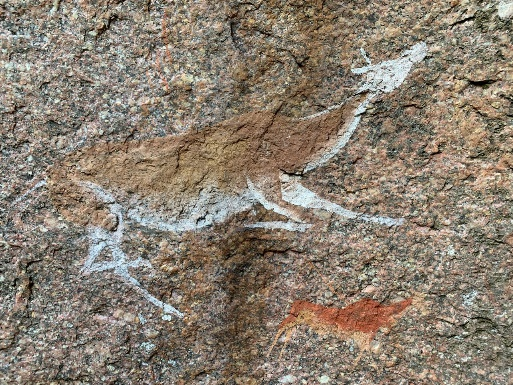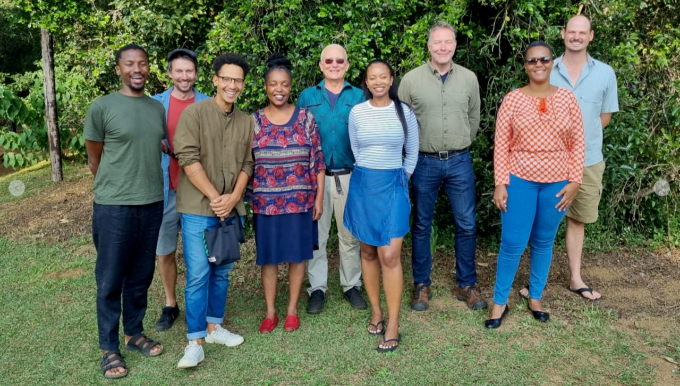ESWATINI – THE FORGOTTEN KINGDOM
By:
Mr Bob Forrester
Date:
Thu, 05/10/2023 - 19:30
Venue:
The Auditorium, Roedean School, 35 Princess of Wales Terrace, Parktown, Johannesburg
Charge: Non-members : R50, members : free
Eswatini is almost unknown archaeologically, yet paradoxically it is filled with sites. An early vibrant archaeology programme in the seventies shriveled away in the late eighties and it was only in 2017 that research restarted, leaving a fair number of questions unanswered. Currently the Swazi Archaeological Research Association is investigating ochre in all its forms. Lion Cavern is the world's oldest mine, circa 43kya, recalibrated to 48kya, OSL dating has confirmed the ancient dates. Nuclear spectroscopy has matched the mine source to several sites, indicating an exchange network nearly 100 kilometres across. Eswatini (previously Swaziland) has an unusual - possibly unique - expression of rock art where entire shelter walls were painted with Lion Cavern ochre mixed with warthog or wild pig fat and clay. Anthropological research includes cultural continuity at two painted LSA sites. These were appropriated by the 19th century precolonial Dlamini state from the San and today remain sites of shamanic power, one of them attracting thousands of Zionists annually.
Bob Forrester was born in Swaziland and received a BA in Archaeology and Anthropology from UCT. He is the Heritage Advisor to the Eswatini National Trust Commission and the National Museum. He heads a project to create the Lion Cavern Museum and has authored and co-authored papers and several books on Eswatini ranging from art to archival photos to archaeology.



Eswatini is almost unknown archaeologically, yet paradoxically it is filled with sites. An early vibrant archaeology programme in the seventies shriveled away in the late eighties and it was only in 2017 that research restarted, leaving a fair number of questions unanswered. Currently the Swazi Archaeological Research Association is investigating ochre in all its forms. Lion Cavern is the world's oldest mine, circa 43kya, recalibrated to 48kya, OSL dating has confirmed the ancient dates. Nuclear spectroscopy has matched the mine source to several sites, indicating an exchange network nearly 100 kilometres across. Eswatini (previously Swaziland) has an unusual - possibly unique - expression of rock art where entire shelter walls were painted with Lion Cavern ochre mixed with warthog or wild pig fat and clay. Anthropological research includes cultural continuity at two painted LSA sites. These were appropriated by the 19th century precolonial Dlamini state from the San and today remain sites of shamanic power, one of them attracting thousands of Zionists annually.
Bob Forrester was born in Swaziland and received a BA in Archaeology and Anthropology from UCT. He is the Heritage Advisor to the Eswatini National Trust Commission and the National Museum. He heads a project to create the Lion Cavern Museum and has authored and co-authored papers and several books on Eswatini ranging from art to archival photos to archaeology.


